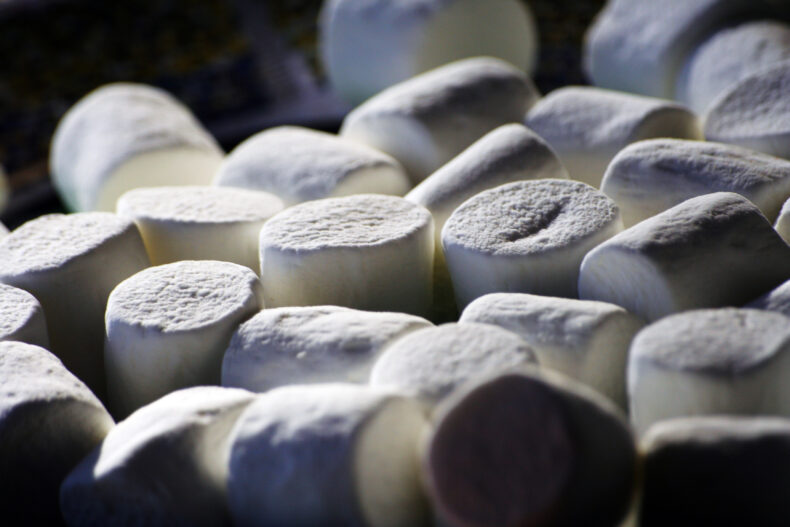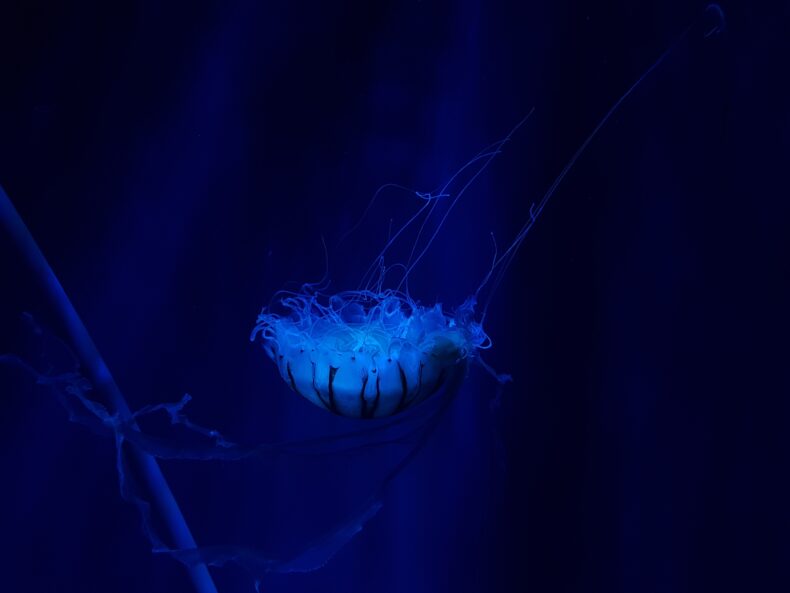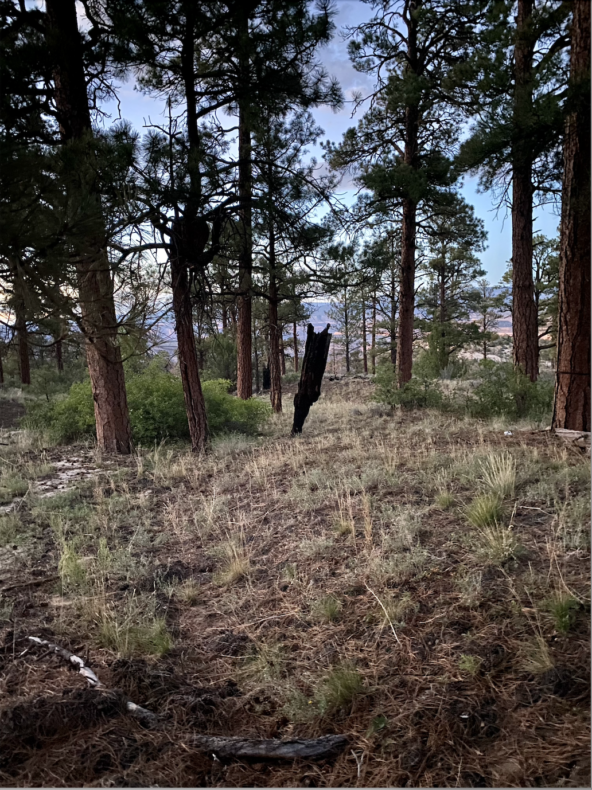
I have a new mantra. Live your life, kids. Sure, have the chocolate muffin for breakfast. Wear the nice shoes on the playground. Use the fine china. Eat the marshmallow. Life is short. You might not get another marshmallow, despite what people tell you, so enjoy what you have while it lasts.
My older daughter has a favorite washcloth, a favorite shirt, a favorite pair of leggings, a favorite pair of shoes, a favorite water bottle — you get the idea. The minute these items are clean and available, they are back in use. I know, because I do all the laundry, and sometimes I do it early so she will have renewed access to her favorite stuff.
I also have a favorite shirt, pair of boots, ice cream flavor, tea mug, tea type — you get the idea. I know, because I usually save them for last. I make myself wear the scratchy fleece or the pinchy boots first, and drink the tea I don’t like, because … I don’t really know why. Because it will even things out, or something? I should suffer first to enjoy the good stuff later? I want to save my favorite things to make them last longer. But this inevitably means they don’t get used as often.
I don’t know how this happened. But I now think my daughter is onto something, and that I’m doing it wrong. (This is often the case.) I thought about one of the most famous examples of delayed gratification, the so-called marshmallow test.
This was a simple test designed to examine how and at what age kids learn the concept of delayed gratification. In its most basic outlines, kids between the ages of 4 and 6 were offered a marshmallow in a research setting, and told they could either eat it now and call it good, or wait to eat it for 15 minutes and get a bonus second marshmallow. The test was meant to understand the age and maturity level at which kids figure out that waiting is okay, maybe even better, despite how hard it can be. But the test truly became famous after the researchers revisited these same kids years later. They apparently found a correlation between the kids’ ability to wait for the second marshmallow and their relative success in adulthood. For a very thorough breakdown, read this Vox article.
But in 2018, psychologists revisited the famous study and found there was no real correlation. Turns out that a kindergartener’s ability to delay her own satisfaction can’t actually predict her success in adulthood. Rather, there are far more pervasive, frustrating forces at play—for instance, the successful kids in the original study all had wealthy, successful parents.
I feel like this is obvious, especially in retrospect, but I also feel like the very notion of delayed gratification is … well, I’ll just say it. It’s dumb. I don’t like it or the notion that it’s something we should aspire to. The marshmallow test’s supposed correlation to excellence is toxic, but it’s also sometimes just the wrong way to live.
Screw delaying gratification. Seize the day! A bird in hand is worth two in the bush. Carpe diem. YOLO. Tempus fugit! Burn the candle.
Use your favorite washcloth. Wear the fuzzier, nicer fleece. Who knows how many times you’ll get to use it at all, anyway? Why wait for happiness to come later, when your very life is happening before you, and you don’t even know how long it will be?
Life is short, babies. Eat the first marshmallow you are offered. Eat it immediately, and have no regrets.
—
image: Wikimedia Commons
—






